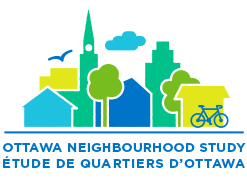New tool for measuring the health of neighbourhoods
March 4, 2014
Researchers at St. Michael’s Hospital (Toronto) have adapted a World Health Organization tool for measuring the health and well-being of neighbourhoods for use in North America for the first time. WHO developed the Urban Health Equity Assessment and Response Tool (HEART) in 2010 to identify and reduce health inequities in cities. It was designed for rapidly urbanizing areas and mega-cities in low- and middle-income countries, where healthy resources such as clean water, basic education and immunizations aren`t available in every neighbourhood.
Urban HEART measures how well each of Toronto’s 140 neighbourhoods are doing in 5 main categories: economic opportunities (such as unemployment rates, percentage of residents consider low income or who receive social assistance), social and human development (such as education levels and high school graduation rates), governance and civic engagement, physical environment and infrastructure (such as walkability and accessibility of such things as green space or healthy food), and population health (such as premature death rates, mental health status, prevalence of diabetes and preventable hospitalizations for chronic disease). A variety of indicators within those categories are presented using a “red,” “yellow,” or “green” dashboard format. Green indicates local conditions are positive; yellow and red point to conditions that need closer examination. More information here.
